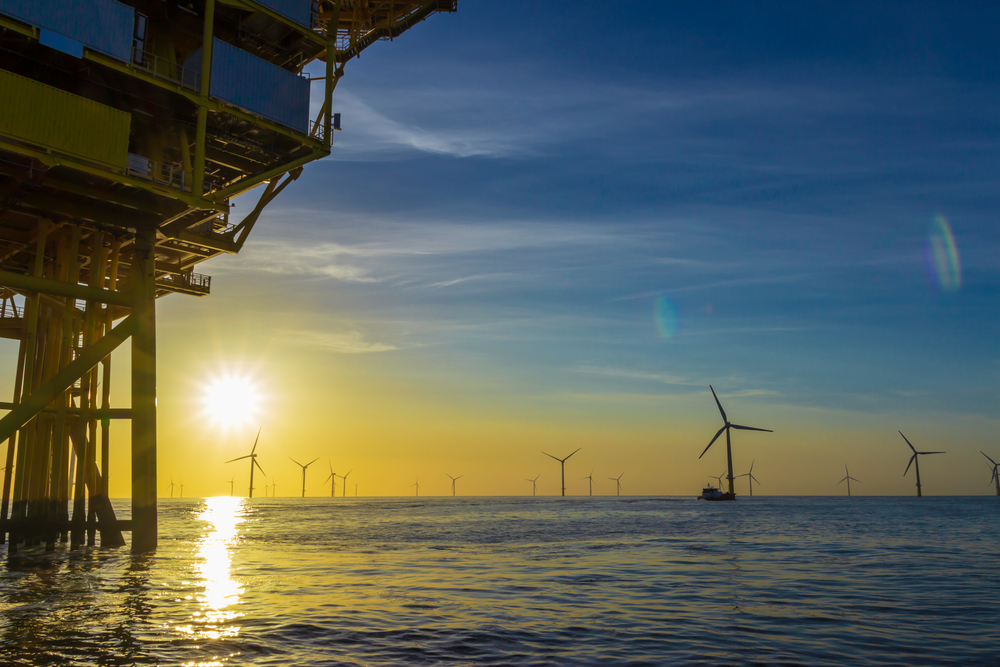As I find myself at the heart of a fresh collaboration linking the UK and Norway, as part of Onsagers, I can see that there are many connections between our two countries. The most well-known is probably the wonderful Christmas tree that Oslo sends to the UK each year. A newer connection will be the direct low-emission ferry link planned for 2026, which will travel between Newcastle, Bergen, and Stavanger.
In terms of technology and innovation, our governments have recently entered into a new green partnership, which will aim to “promote the green transition and further strengthen economic cooperation”, and which will benefit key fields such as offshore wind, future energy systems, and low emission transport. As described below, the British and Norwegians are already leaders in these fields, and it is promising to hear that we will continue to be through improved funding and collaboration.
If you are an innovator in one of these areas and have an interest in the UK and Norwegian markets, Onsagers is uniquely positioned to help make your intellectual property strategy the best that it can be.
Offshore wind
The North Sea is home to the largest wind farms in the world and capacity is set to grow. Both the UK and Norwegian governments have ambitious energy generation targets in this area. The UK is aiming for 50 gigawatts by 2030, Norway is aiming for 30 gigawatts by 2040.
Floating offshore wind is one technology that the UK and Norway will use to fulfil these targets, and it is an area in which they are already world-leading. Proof-of-concept farms are already in operation, with three of the world’s four operational floating offshore wind farms sitting in the North Sea off the UK and Norwegian coasts.
Our shared strength in offshore wind is reflected in patent office statistics. Recent data from the European Patent Office places the UK and Norway among the top ten countries innovating in offshore wind. It is likely that this trend will continue as both countries strive to build bigger.
Energy systems
The world’s longest electricity interconnector, the North Sea Link (NSL), stretches between the UK and Norway and has been in operation for over two years. The NSL, which was a joint venture between the National Grid in the UK and Statnett in Norway, allows the UK to make use of Norway’s hydro power reserves and for the UK to export wind power when production is high. The NSL is just one example of how innovative grid infrastructure is already supporting renewable energy and economic growth.
Carbon Capture and Storage (CCS) is also an exciting area for fighting climate change, and it is another field that is set to make good use of the North Sea. The UK and Norway signed a Memorandum of Understanding on cooperating on CCS in 2018, and have since become leading players in this field. The UK government sees CCS as a particularly important tool in the fight against climate change, and is investing large amounts into it. This has seen the UK planning more CCS sites than any other country in Europe, while Norway already has several of the few existing operational sites.
In 2023, the Memorandum of Understanding above was expanded to include enhanced cooperation on hydrogen, particularly its production, transport, and storage [6].
Low emission transport
This month, the UK battery strategy was published [7], detailing the UK governments commitments to developing battery technologies. The green partnership agreed with Norway is listed as one of the key strategic partnerships for this strategy. While Brexit and the UK’s relationship with the EU around battery tariffs may cause some friction, there is clear support in both the UK and Norway for greater innovation in battery technology. The commitment to battery technology from both countries will only be strengthened by the recent discovery of a rich mineral deposit in Norway by an Anglo-Norwegian company Norge Mining. The resources contain phosphate, vanadium, titanium, and iron ores, and is being hailed as a discovery having ‘global significance’ [8].
Finally, sustainable shipping is another area touched upon in the green partnership, with funding being dedicated to it by both countries. The UK and Norway, along with the US and the Netherlands, signed up to ‘green corridors’ at COP27 in 2022, aimed at providing carbon-free routes between different countries in the North Atlantic.







